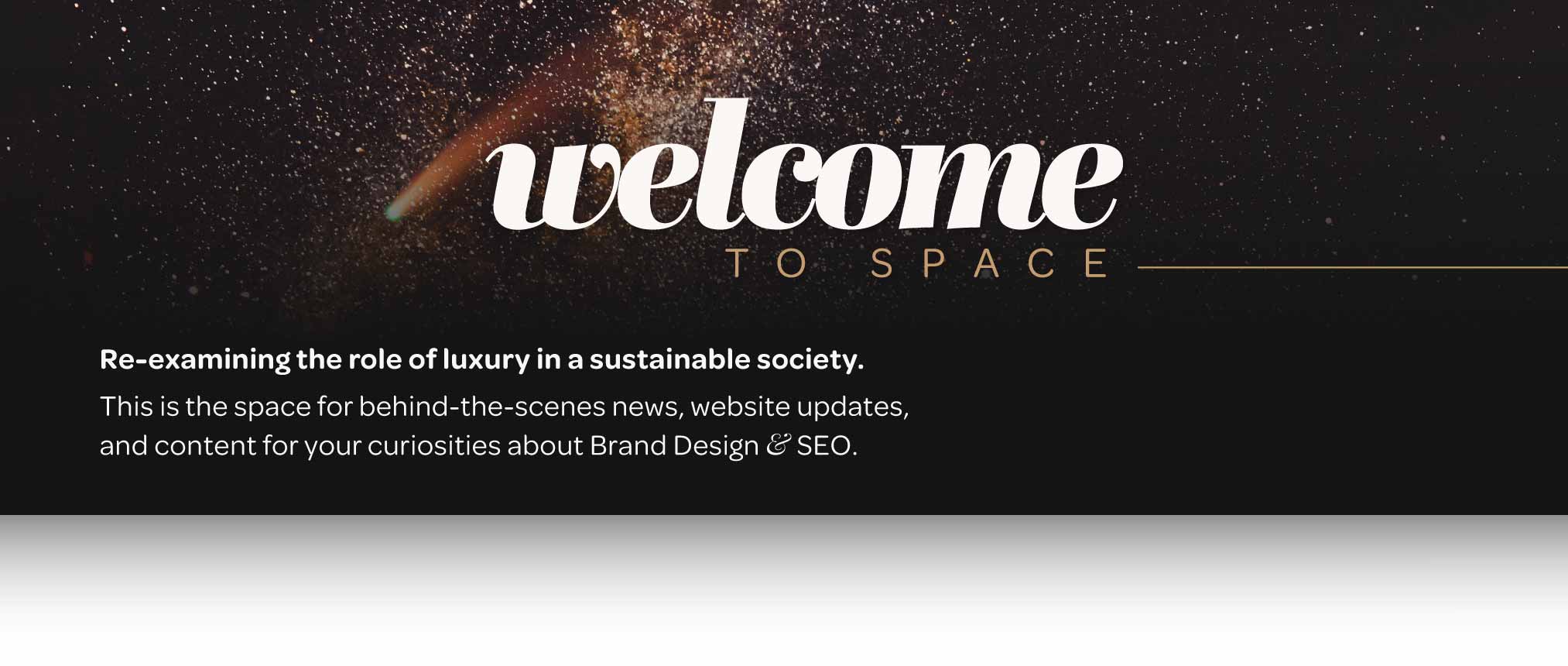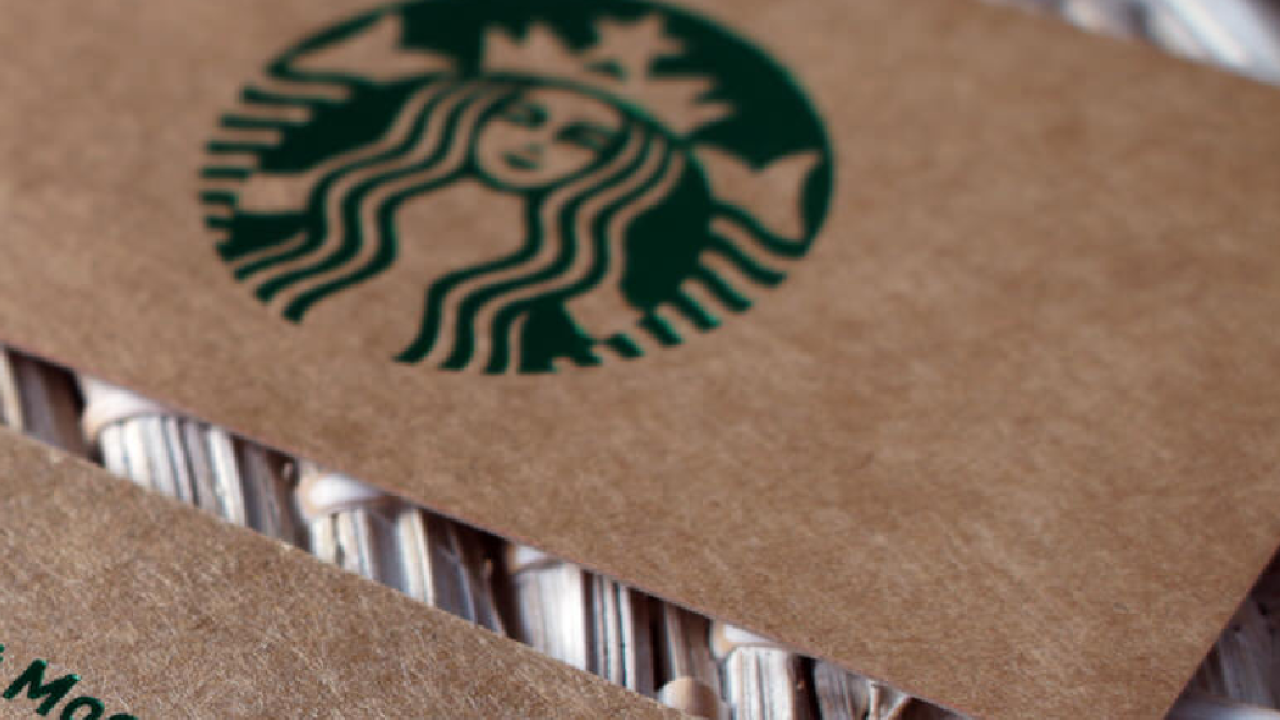In today's world, a successful brand isn't just about providing something valuable; it's about providing something with values. Eco-friendly branding has emerged as a defining trend, blending sophistication with sustainability to appeal to conscientious consumers. As an organic luxury design agency, we specialize in crafting brand identities that resonate deeply with the environmentally aware consumer of today.
ECO-FRIENDLY BRANDING IN ACTION
Eco-friendly branding revolves around creating brand identities that prioritize sustainability and ethical practices. It involves using eco-conscious materials, reducing carbon footprints, and promoting a message of environmental responsibility.
Why Choose Eco-Friendly Branding?
Appeal to Conscious Consumers: Today’s consumers, especially Millennials, prioritize brands that align with their values, including sustainability. It positions your brand as socially responsible, innovative, and in touch with current consumer values.
Build Brand Loyalty: By demonstrating their commitment to the environment with sustainability initiatives on websites, social media channels, and product labeling, brands can foster long-term loyalty and trust among environmentally conscious customers.
Future-Proof Your Brand: Embracing eco-friendly practices not only meets current consumer expectations but also prepares your brand for future regulatory and market trends.
Long-term Cost Savings: Initially, some eco-friendly materials may be more expensive; but the long-term benefits, including customer loyalty and operational efficiencies, often outweigh the initial investment and can lead to cost savings in the long run as eco-friendliness becomes more mainstream.
What Materials Are Considered for Eco-Friendly Design?
Recycled Paper
Biodegradable Materials
Organic Fabrics
Sustainably-Sourced Wood
Soy or Algae-Based Inks
Minimalist or Digital Collateral
Energy-Efficient Manufacturing
What is Sustainable Design?
Examples of Sustainable Design in Practice
Reusable Packaging
Eco-Friendly Materials
Energy Efficient Production
Multi-Functional Design
Minimalist Design
Advertising design that allows for multiple uses or remanufacture for other uses is considered sustainable design. Sustainable design is a holistic approach to creating products, packaging, and branding elements that minimize negative environmental impacts and support long-term ecological balance. It goes beyond the aesthetics and functionality of a design to consider its entire lifecycle, from the raw materials used to the disposal or reuse of the final product.
Sustainable design improves and extends a design’s useful life by designing it with adaptations and other benefits. This is because the use of the design is sustained beyond its original purpose of selling, educating, or informing the end user. Creating sustainable design prevents promotional material from going to waste upon delivery. It can be applied simultaneously with recycled, biodegradable, or renewable materials in packaging, print collateral, and product design in a larger sustainable design strategy. This approach considers the environmental, social, and economic impacts from the initial phase through to the end of life. For this reason, consumers often regard sustainable design as being of higher quality and enhances a brand’s reputation.
Audit Your Current Supply Chain: We assess your current processes and identify areas where you can reduce waste and increase efficiency.
Source Responsibly: Our manufacturers prioritize sustainability and ethical practices, with design all performed in-house.
Design for Sustainability: We create design that minimizes waste, energy consumption, and environmental impact during production and use throughout its lifespan.
Communicate Eco-Friendly Efforts: Once you’ve made The Switch, we help you tell your story on your website, social media, or product packaging to involve your customers in your sustainability journey through storytelling and educational campaigns. Transparency is key.



























